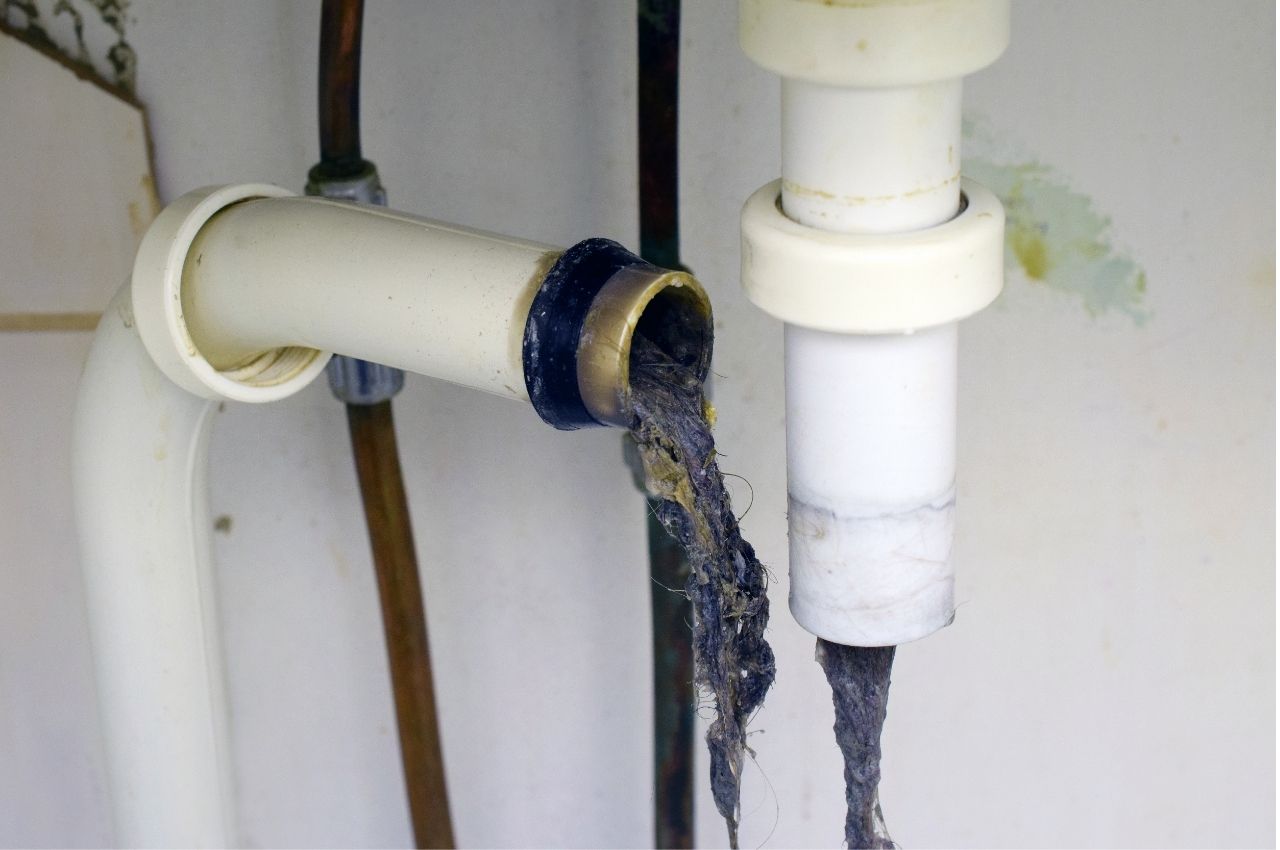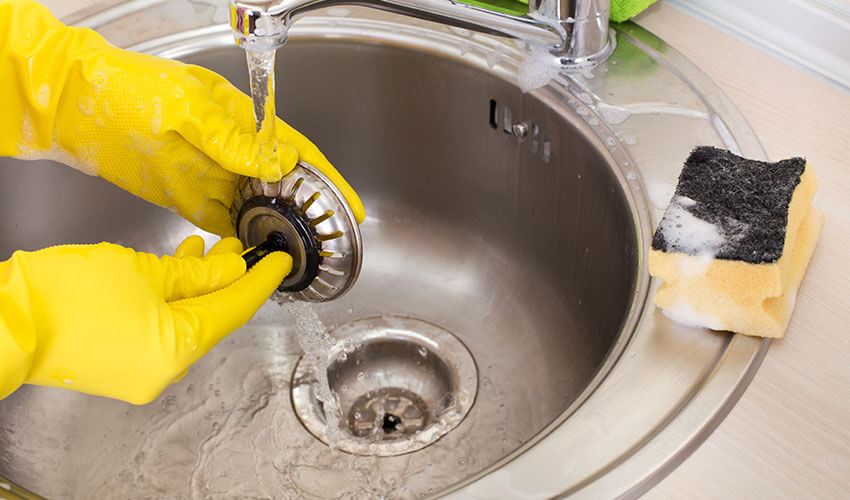Solving the Code: 5 Hidden Techniques for Sink Unclogging
Solving the Code: 5 Hidden Techniques for Sink Unclogging
Blog Article
What are your ideas regarding Do It Yourself Plumbing Solutions ?

Blocked cooking area sinks are one of the most common drainage problems home owners face. And what's more, it's a undesirable and extremely awkward sight. Think of mosting likely to the sink to do your meals and also finding out that the drain is blocked as well as water can not move down conveniently.
Most blocked water drainages are caused by food debris, soap, fat, as well as oil particles. They clog the sink as well as make it hard for water to decrease the drain rapidly. While it is tempting to put a call through to the plumbings, there are a couple of DIY hacks you might attempt initially before making that telephone call.
In this post, we will be considering five straightforward steps you might take to free your cooking area sink from clogs and save you from the pain and also shame of dealing with a clogged up kitchen area sink.
1. Use Boiling Water
When faced with a blocked sink, the first thing you ought to attempt is to put boiling water down the drain. That has to do with one of the most simple treatment to clogged sinks and drains. Boiling water aids reduce the effects of the particles as well as particles causing the blockage, especially if it's soap, grease, or oil fragments, and also oftentimes, it can flush it all down, as well as your sink will be back to regular.
Since hot water might thaw the lines and create more damage, do not try this technique if you have plastic pipes (PVC). If you make use of plastic pipelines, you may intend to stick to utilizing a bettor to obtain particles out.
Utilizing this method, switch on the faucet to see how water moves after putting warm water down the drain. Try the procedure once again if the clog lingers. The blockage can be a lot more persistent in some cases and also need more than just boiling water.
2. Maybe it's the Garbage Disposal
In several situations, the blockage might be due to an obstruction in the disposal. Use pliers instead.
If this does not work, you can check out the adhering to option to unblock your kitchen sink.
3. Try a Plunger
If the trouble is not from the garbage disposal, you can attempt making use of a bettor. Plungers are standard home tools for this occasion, and also they can come in handy if you use them appropriately. A flat-bottomed bettor is most suitable for this, yet you can use what you have is a commode plunger.
Follow the following straightforward actions to use the plunger successfully:
Secure the drain with a dustcloth and also fill up the sink with some hot water
Place the plunger in position over the drain and also start diving
Check to see if the water runs openly after a couple of plunges
Repeat the process up until the water drainage is complimentary
4. Baking Soda and also Vinegar
As opposed to making use of any form of chemicals or bleach, this approach is safer and also not damaging to you or your sink. Baking soda and vinegar are daily residence products utilized for several various other points, and they can do the technique to your kitchen sink.
Firstly, get rid of any type of water that is left in the sink with a mug.
Then put a great amount of baking soda down the drain.
Pour in one cup of vinegar.
Seal the water drainage opening as well as permit it to opt for some minutes.
Pour warm water down the drain to disappear other stubborn deposit and also particles.
Following this basic approach can do the trick, and you can have your kitchen sink back. Repeat the procedure as high as you consider essential to free the sink of this debris completely.
5. Use a Hanger
Using a cable cloth wall mount or a plumber's serpent if you have one can do the method. All you need do is straighten the wall mount to go down the drain while you thoroughly select out the bits creating the clog.
Run hot water down the tubes hereafter to see how successful you were.
Final Words
Trying these couple of tricks can conserve you the expenditures of having a plumber examine it. In lots of situations, a plumber is what we require. In cases where you locate it hard to unclog the sink even after trying all these approaches, it may be time to leave it to the professionals.
Get in touch with specialist plumbing firms to repair your drainage issues and various other various family plumbing requirements.
Blocked kitchen sinks are one of the most typical drain concerns home owners encounter. Visualize going to the sink to do your dishes and also finding out that the drain is blocked as well as water can not move down conveniently.
They clog the sink and also make it hard for water to go down the drainpipe promptly. When encountered with a blocked sink, the initial thing you should attempt is to pour boiling water down the drainpipe. Boiling water aids counteract the particles and particles creating the clog, particularly if it's soap, grease, or oil bits, and also in numerous cases, it can purge it all down, and also your sink will certainly be back to normal.
How to Unclog a Kitchen Sink
Take the Plunge
Start your efforts by plunging. Use a plunger with a large rubber bell and a sturdy handle. Before getting to work on the drain, clamp the drain line to the dishwasher. If you don t close the line, plunging could force dirty water into the dishwasher.
Fill the sink with several inches of water. This ensures a good seal over the drain.
If you have a double sink, plug the other drain with a wet rag or strainer.
Insert the plunger at an angle, making sure water, not air, fills the bell.
Plunge forcefully several times. Pop off the plunger.
Repeat plunging and popping several times until the water drains.Clean the Trap
The P-trap is the curved pipe under the sink. The trap arm is the straight pipe that attaches to the P-trap and runs to the drain stub-out on the wall. Grease and debris can block this section of pipe. Here s how to unclog a kitchen sink by cleaning out the trap:
Remove as much standing water from the sink as possible.
Place a bucket under the pipe to catch the water as it drains.
Unscrew the slip nuts at both ends of the P-trap. Use slip-joint pliers and work carefully to avoid damaging the pipes or fasteners.
If you find a clog, remove it. Reassemble the trap.
If the P-trap isn t clogged, remove the trap arm and look for clogs there. Run the tip of a screwdriver into the drain stub-out to fetch nearby gunk.Spin the Auger
With the trap disassembled, you re ready to crank the auger down the drain line.
Pull a 12-inch length of cable from the auger and tighten the setscrew.
Insert the auger into the drain line, easing it into the pipe.
Feed the cable into the line until you feel an obstruction. Pull out more cable if you need to.
If you come to a clog, crank and push the cable until you feel it break through. The cable will lose tension when this happens.
Crank counterclockwise to pull out the cable, catching the grime and debris with a rag as the cable retracts.

I discovered that post about Repairing Common Household Plumbing Issues when doing research the web. Appreciated our piece of writing? Please share it. Let other people check it out. Thanks a lot for your time. Please visit our blog back soon.
Book Your Appointment Report this page